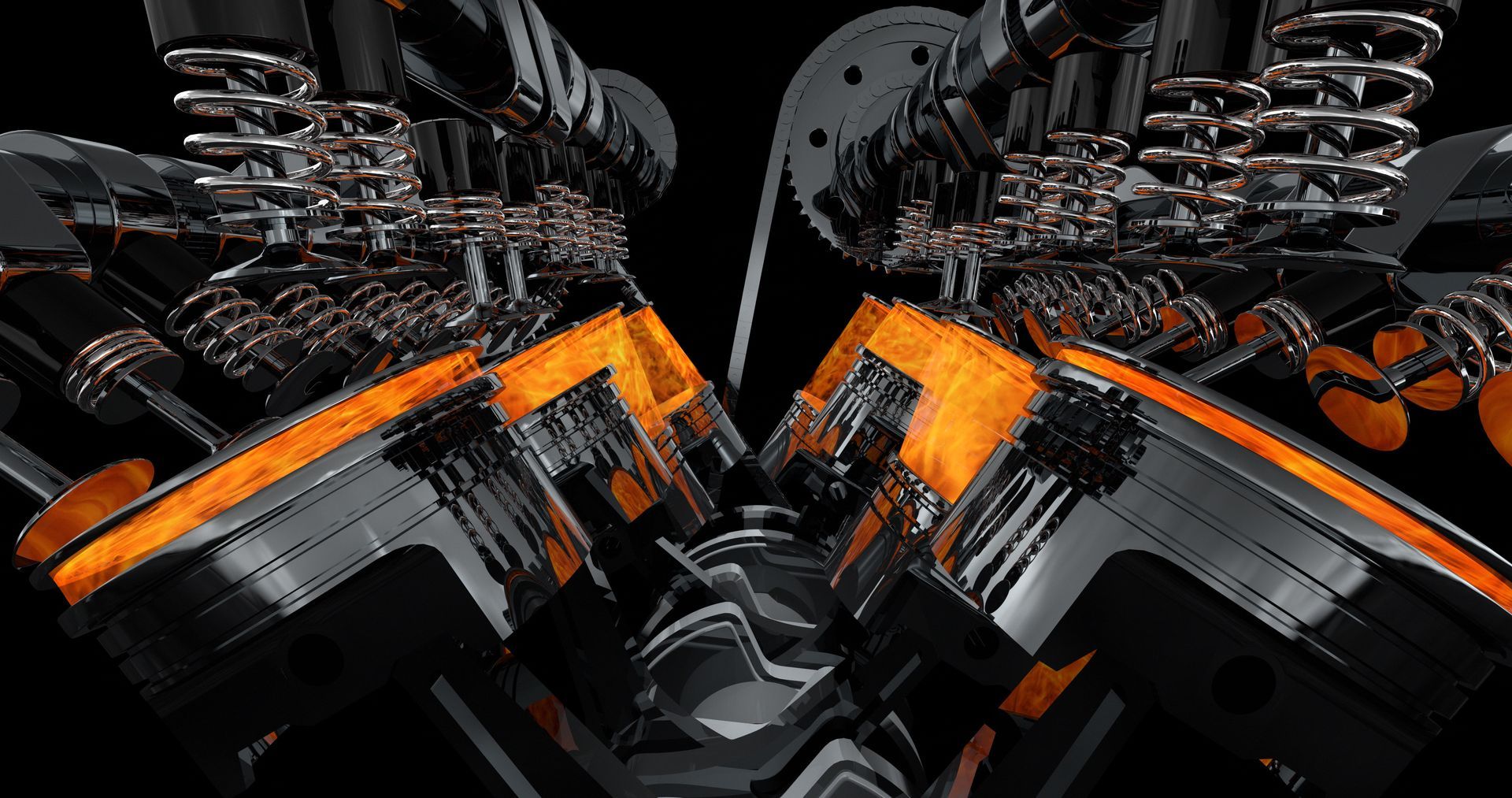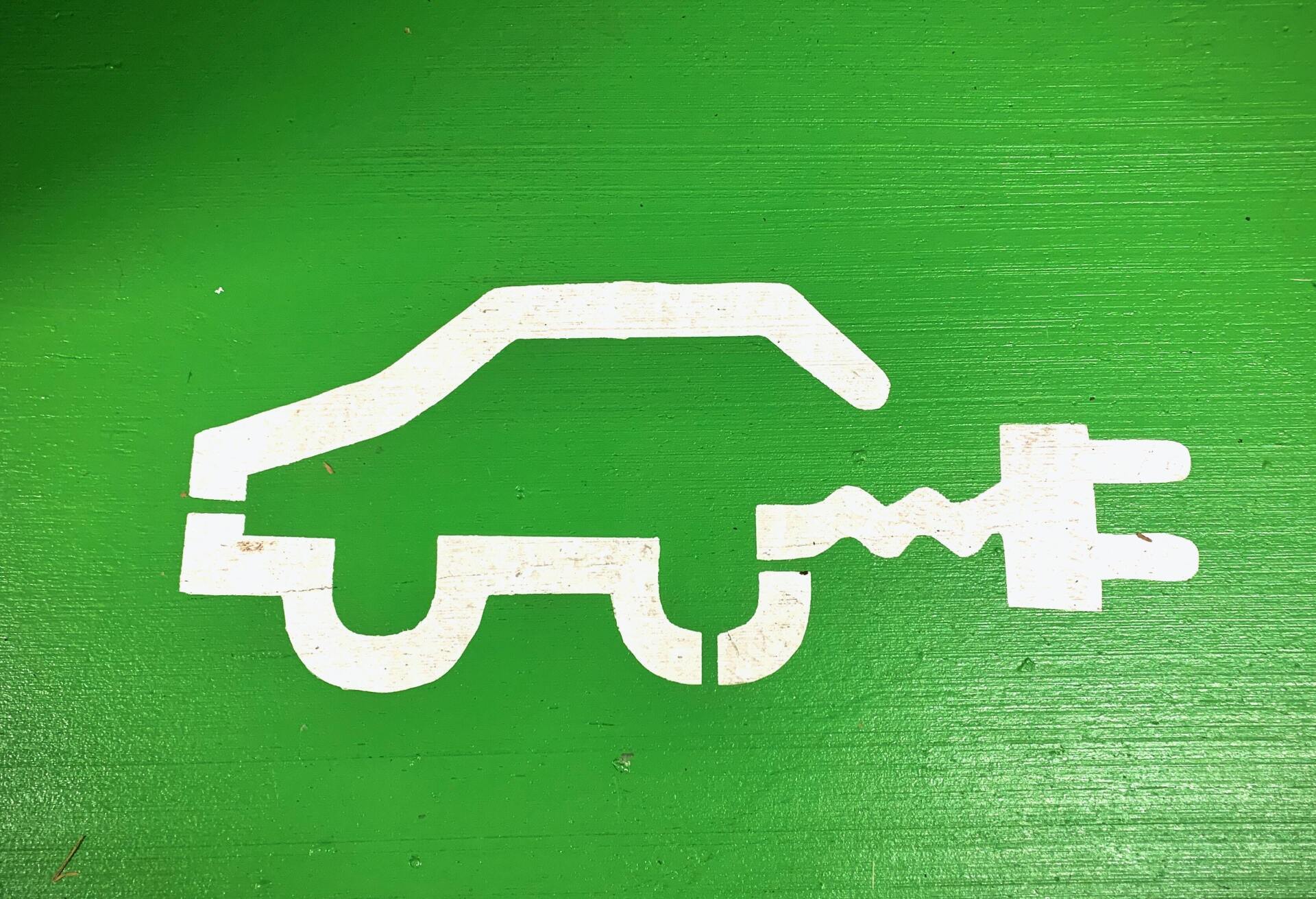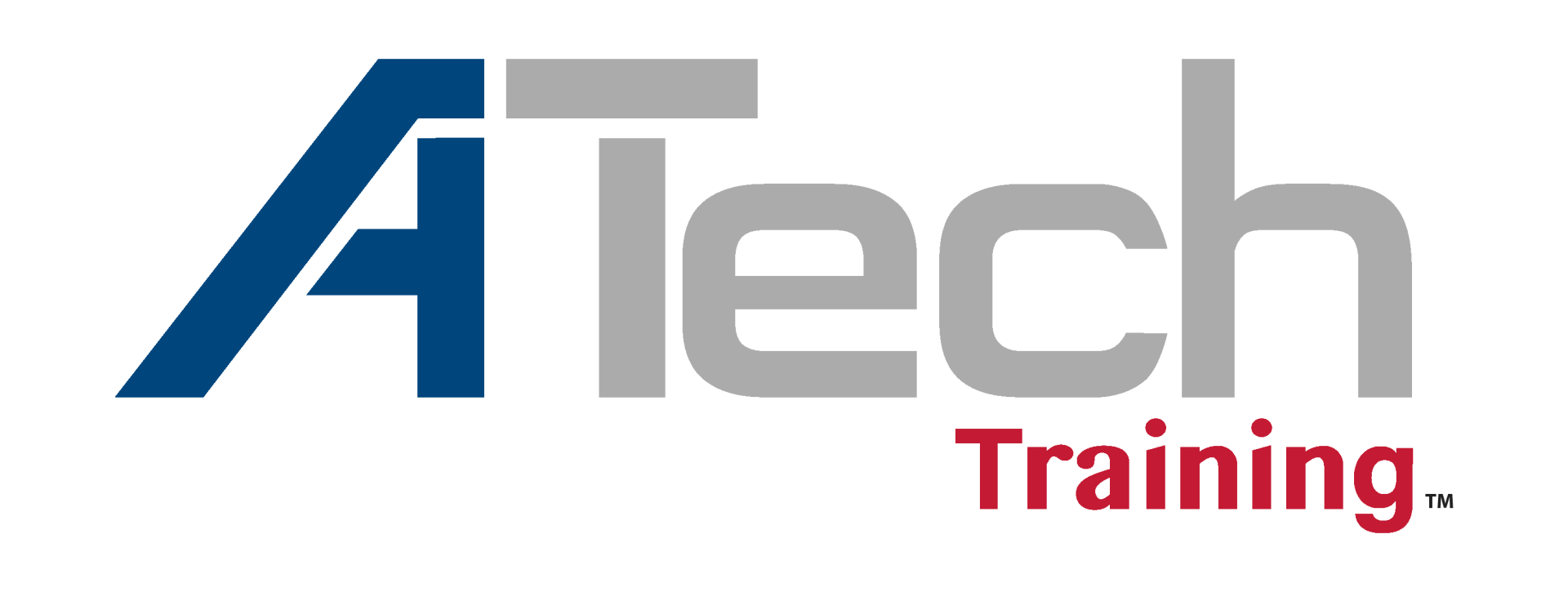Celebrating The 30th Anniversary of The Clean Air Act
Clean Air Act Amendments of 1990
This article originally ran on November 18th, 2020 over on MACS blog. Back in February they updated their name to Mobile Air Climate Systems Association. We want to thank them for allowing us to repost this article. Check them out as they provide trainings and resources.
It was 2:30 in the afternoon on Friday, November 15, 1991. politicians and media met in the East Room at the White House to greet President George H. W. Bush just moments before he signed the most comprehensive update to our nation’s environmental laws in 30 years.
Of course, I’m talking about the Clean Air Act Amendments of 1990, which received overwhelming bipartisan support. Specifically, these amendments were designed to curb four major threats to the environment and public health: acid rain, urban air pollution, toxic air emissions, and stratospheric ozone depletion. The amendments also established a national operating permits program and strengthened enforcement.
They featured several progressive and creative new approaches for effectively achieving the air quality goals and regulatory reform expected from these far-reaching amendments. A summary of EPA documents explains.
Air quality
• Air quality has improved significantly in our nation, reducing health threats, such as lung damage, asthma, heart attacks and premature death. All 41 areas that had unhealthy levels of carbon monoxide pollution in 1991 now have levels that meet the health-based national air quality standard. More than 90% of areas originally identified as not meeting the 1997 ozone air quality standards now meet those standards. Since 1990, particle pollution levels have improved by 36%.
• Performance standards for new vehicles are met by a combination of cleaner fuels and vehicle technologies. Under the 1990 amendments, new cars, SUVs and pickup trucks, heavy-duty trucks and buses have become dramatically cleaner. The same is true of non-road engines such as those used in industrial, farm and recreational equipment, locomotives and marine vessels.
• State and EPA programs to cut interstate air pollution have reduced pollution regionally and have helped most downwind areas to meet the 1997 and 2006 air quality standards for ozone and fine particles.
Acid rain and regional haze
• An innovative market-based system of pollution allowances has dramatically cut sulfur dioxide emissions, reducing acid rain as well as fine particle pollution that contributes to premature death. This federal program also has significantly reduced damage to water quality in lakes and streams and has improved the health of ecosystems and forests.
• In addition, the scenic vistas in our national parks are clearer due to reductions in pollution caused haze.
Toxic air pollution
• Industrial and other stationary sources emit about 1.5 million tons less toxic air pollution per year than in 1990. These standards set a level playing field by requiring higher emitting sources to achieve the cleaner level of performance achieved by the best performing similar sources.
Ozone layer protection
• To protect the ozone layer, the U.S. has phased out the ozone depleting substances that Congress identified as “most damaging,” including CFCs (in our case, R-12 refrigerant) and halons, while promoting cost-effective alternatives. Actions to protect the ozone layer are saving millions of people from contracting fatal skin cancers and eye cataracts over periods of several decades.
A peer-reviewed EPA study found that the 1990 Amendments are achieving large health benefits that will grow further over time. For example, the study estimates that in 2020, the Clean Air Act Amendments will avoid more than 230,000 early deaths, as well as large numbers of other adverse health effects, through improvements in fine particle and ozone levels.
The economic value of the air quality improvements is estimated to reach almost $2 trillion for 2020, a value which vastly exceeds the costs of efforts to comply with the 1990 Clean Air Act.
Although important air pollution challenges remain, and we have much work left to do, the 1990 Amendments have had impressive results.
Steve Schaeber, MACS manager of service training
reposted from Nov 18, 2020 macs.bdcstaging.com/blog/















